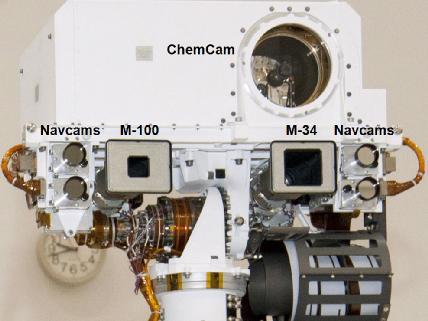SCIENCE BEHIND FALLING IN LOVE:
When do you know if you fancy someone? What does love do to your brain chemicals, and is falling in love just nature's way to keep our species alive?
 t’s not what you say...
t’s not what you say...
When do you know if you fancy someone? What does love do to your brain chemicals, and is falling in love just nature's way to keep our species alive?
We call it love. It feels like love. But the most exhilarating of all human emotions is probably nature’s beautiful way of keeping the human species alive and reproducing.
With an irresistible cocktail of chemicals, our brain entices us to fall in love. We believe we’re choosing a partner. But we may merely be the happy victims of nature’s lovely plan.
Psychologists have shown it takes between 90 seconds and 4 minutes to decide if you fancy someone.
Research has shown this has little to do with what is said, rather
- 55% is through body language
- 38% is the tone and speed of their voice
- Only 7% is through what they sayThe 3 stages of loveHelen Fisher of Rutgers University in the States has proposed 3 stages of love – lust, attraction and attachment. Each stage might be driven by different hormones and chemicals.Stage 1: Lust:
DONT MEAN IT WRONG .This is the first stage of love and is driven by the sex hormones testosterone and oestrogen – in both men and women.
Stage 2: Attraction:This is the amazing time when you are truly love-struck and can think of little else. Scientists think that three main neurotransmitters are involved in this stage; adrenaline, dopamine and serotonin.AdrenalineThe initial stages of falling for someone activates your stress response, increasing your blood levels of adrenalin and cortisol. This has the charming effect that when you unexpectedly bump into your new love, you start to sweat, your heart races and your mouth goes dry.Dopamine“couples often show the signs of surging dopamine: increased energy, less need for sleep or food, focused attention and exquisite delight in smallest details of this novel relationship” . SerotoninAnd finally, serotonin. One of love's most important chemicals that may explain why when you’re falling in love, your new lover keeps popping into your thoughts.Stage 3: AttachmentAttachment is the bond that keeps couples together long enough for them to have and raise children. Scientists think there might be two major hormones involved in this feeling of attachment; oxytocin and vasopressin.
SerotoninAnd finally, serotonin. One of love's most important chemicals that may explain why when you’re falling in love, your new lover keeps popping into your thoughts.Stage 3: AttachmentAttachment is the bond that keeps couples together long enough for them to have and raise children. Scientists think there might be two major hormones involved in this feeling of attachment; oxytocin and vasopressin.









